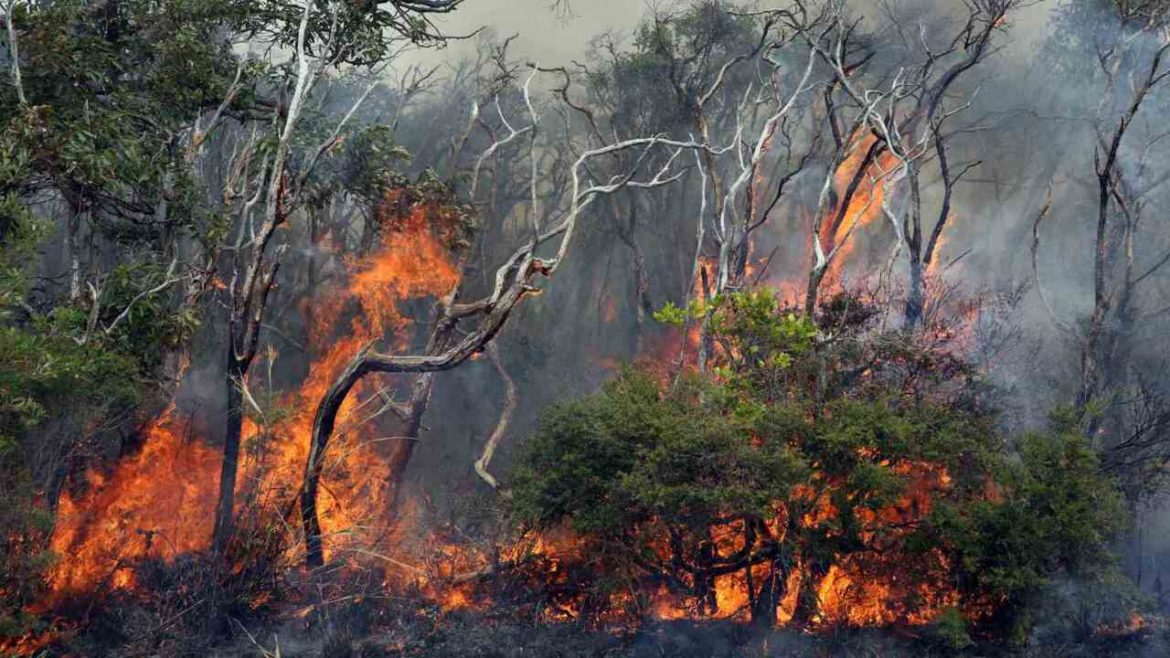A new analysis has found that the current climate event known as El Niño is likely to supercharge global heating and deliver record-breaking temperatures from the Amazon to Alaska in 2024.
The new analysis uses computer models to identify the likely regional hotspots in the first half of 2024. It also found there was a 90% chance that the global temperature over this period would set a new record.
El Niño usually peaks between November and January and so the new study, published in the journal Scientific Reports, modelled the effects of the event on the regional variation in surface air temperatures from July 2023 to June 2024.
Scientists have said that Coastal areas of India by the Bay of Bengal and by the South China Sea, as well as the Philippines and the Caribbean, are also likely to experience unprecedented heat in the period to June, after which El Niño may weaken.
The natural phenomenon, in which heat is released from the western Pacific Ocean, is known to increase global surface temperatures and helped 2023 smash the record for the hottest year by a large margin.
Recall that extreme heat in the second half of 2023 as El Niño kicked in had severe impacts on people living in North America, Europe and China, South America and Madagascar as the climate crisis intensified.
“Intense heatwaves and tropical cyclones, combined with [human-caused] global sea level rise, [mean] densely populated coastal areas are facing an enormous and urgent climate crisis that challenges our current capacity for adaptation, mitigation and risk management,” said Dr Ning Jiang, at the Chinese Academy of Meteorological Sciences in Beijing, and his co-authors.
Read also: Report: US spends billions on roads rather than public transport in ‘climate time bomb’
Speaking further, he said “this impending warmth heightens the risk of year-round marine heatwaves and escalates the threat of wildfires and other negative consequences in Alaska and the Amazon basin,”.
Seas and coastal areas are particularly vulnerable because the ocean can hold more heat than land, meaning hot conditions can persist there for longer periods of time.
The Earth’s climate cycles naturally between El Niño and its cooler counterpart, La Niña. This boosts and moderates the strong underlying trend of global heating, which is caused by the rising levels of carbon dioxide from fossil fuels in the atmosphere.
The scientists found record-breaking temperatures in the Amazon are likely in 2024, increasing the risk of wildfires. Severe fires and drought hit the Amazon in late 2023 and the emissions from fires in February have set a new record for that month. Record heat in Alaska would result in glaciers and permafrost melting and coastal erosion, the scientists said.
Prof Adam Scaife, at the Met Office and University of Exeter in the UK, said: “This study uses observed temperature records, and what we know about El Niño and other effects on the rest of the globe, to infer what might happen in 2024. It’s far from a state of the art forecast but it does offer a useful simple first take on the year ahead.”
Story was adapted from the Guardian.
